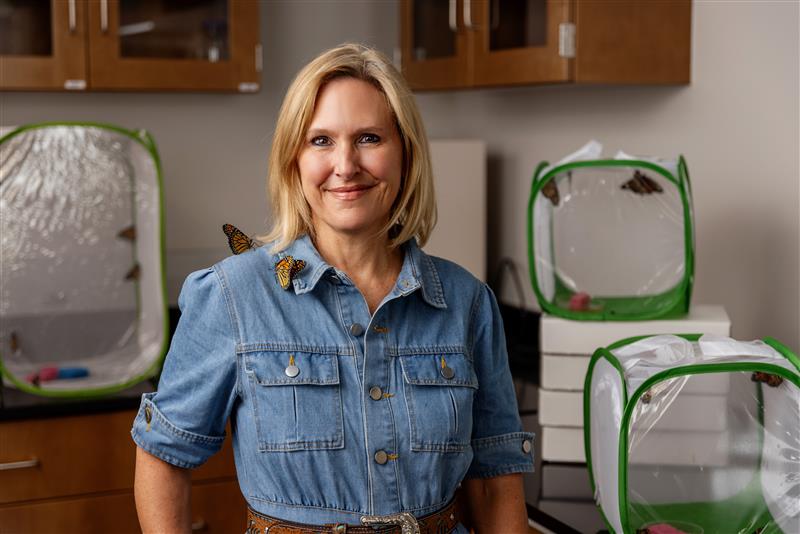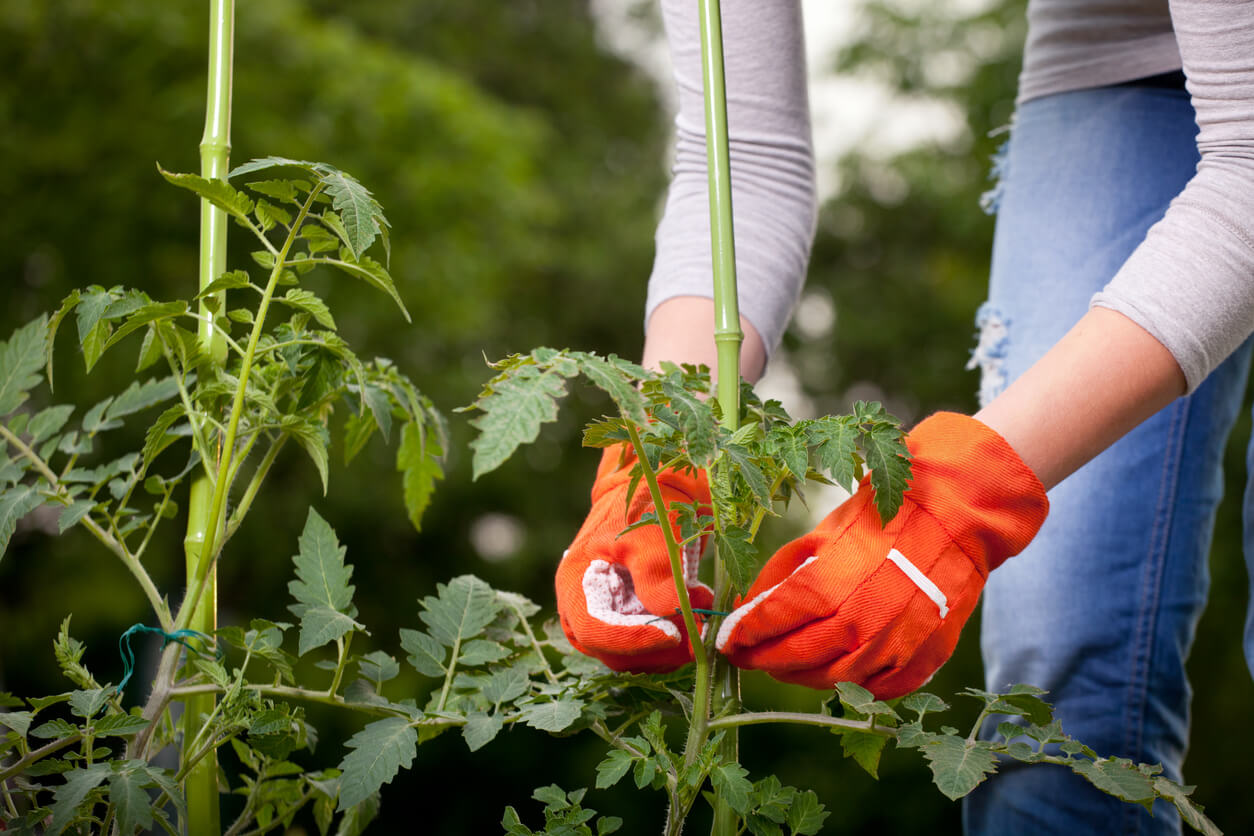Protect your head. Everybody knows that. That's why cyclists and football players wear helmets. But a wellhead -- the part of a water well you can see - - needs protection, too.
And many in Georgia don't get it.
"From what I've seen in southwest Georgia, only about half the wellheads are protected from runoff that may contain contaminants," said Wayne Adkins, an engineer with the University of Georgia Extension Service.
Extension engineers Tony Tyson and Kerry Harrison say probably only about half the private wells statewide are properly sealed from potential contaminants.
About 95 percent of all rural Georgians -- half a million households -- rely on private wells for their water.
"It's important for those homeowners to realize that they need to protect their wells to protect their health," Harrison said. "Many people who have a well don't know if it's properly sealed because they don't know it's supposed to be done."
A 1985 Georgia law requires well drillers to seal wells with "an impervious material" in at least the top 10 feet of the well. Adkins said a special material called bentoni clay works best. But sand concrete grout does the job with less cost.
Well drillers must seal each well they drill. It's then the owner's responsibility to build a concrete curb around the wellhead. This curb helps keep contaminated water or chemicals out of the well, Tyson said. It also prevents running water from eroding the seal.
The curbed area must extend at least two feet in all directions from the well casing and be at least four inches thick.
"The curb provides another layer of protection from potential contaminants," Tyson said.
Harrison figures it costs less than $100 to properly seal a well. That's a small price to pay for safe water.
Poorly sealed wells create a direct route down the outside of the casing into the well. Contaminants that seep down outside the well casing are then pumped up through the casing into the home or farm the well supplies.
Wells drilled on a hillside or in a low area are at special risk. Water flowing down a hill may carry chemicals or animal waste. And standing water can allow contaminants to concentrate. The contaminated water can flow down around a well casing, straight to the water source.
Homeowners with unsealed wells put themselves and their families, and possibly their neighbors, at risk, Tyson said. A contaminated well can affect nearby wells. But the levels of the contaminant will be lower in those wells.
Water-testing will show whether a well's water is safe. Tyson suggests regular testing for nitrates and bacteria that could cause illness.
Natural soil and rock formations help filter water from the surface before it reaches the aquifer. But letting chemicals go straight down into a well undoes what nature designed to protect us.
The aquifers under much of Georgia hold millions of gallons of water. When a fairly small amount of contaminant enters the water, that huge volume dilutes it to safer levels.
"But some gets in there," Adkins said. "And every little bit adds up. We need to keep the water clean to start with. This is the way to stop the pollution before it starts."






